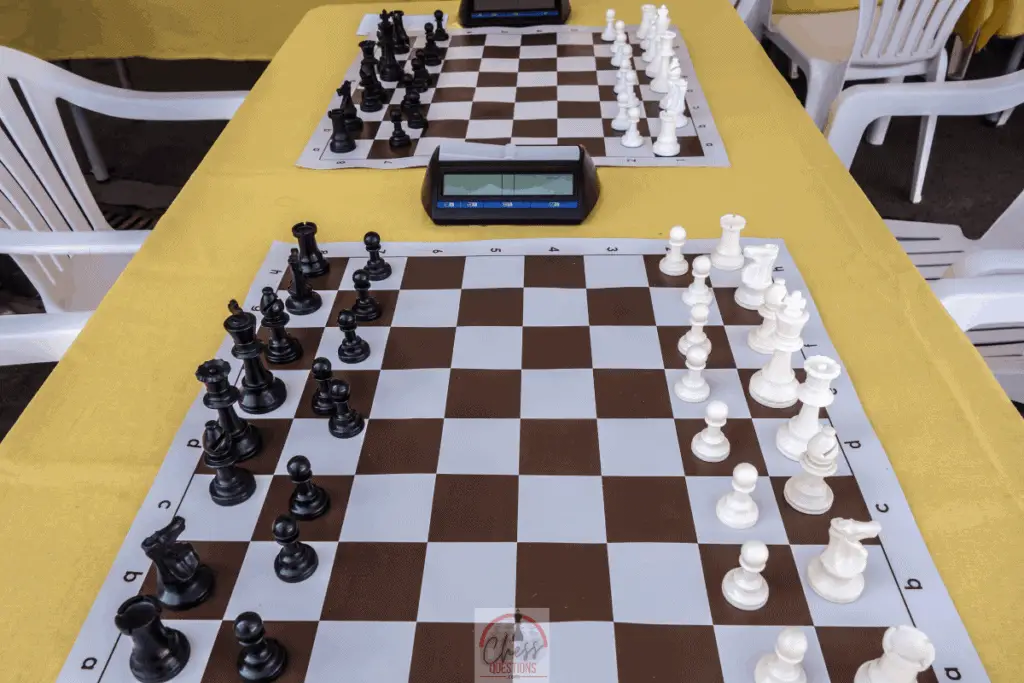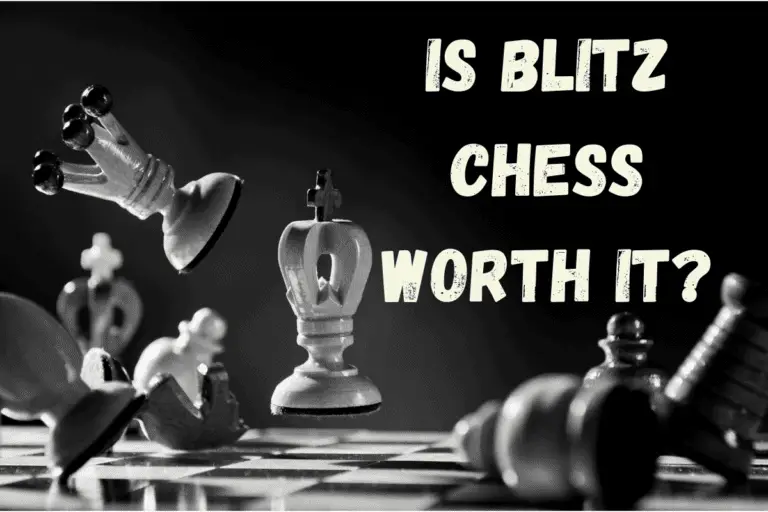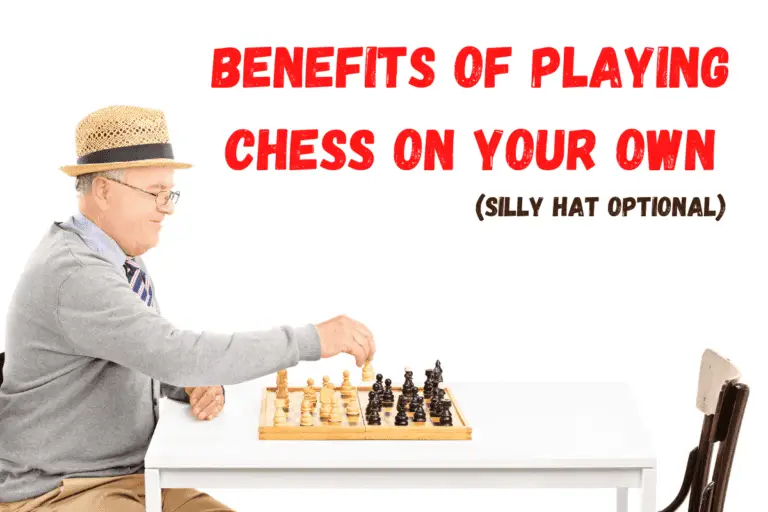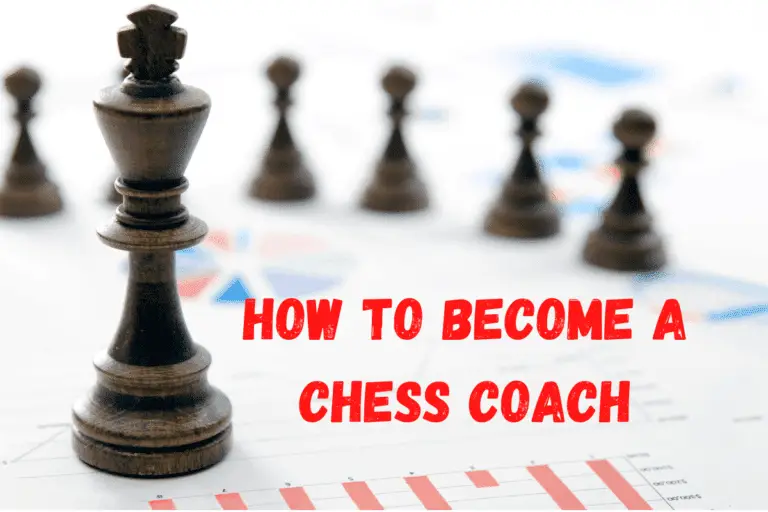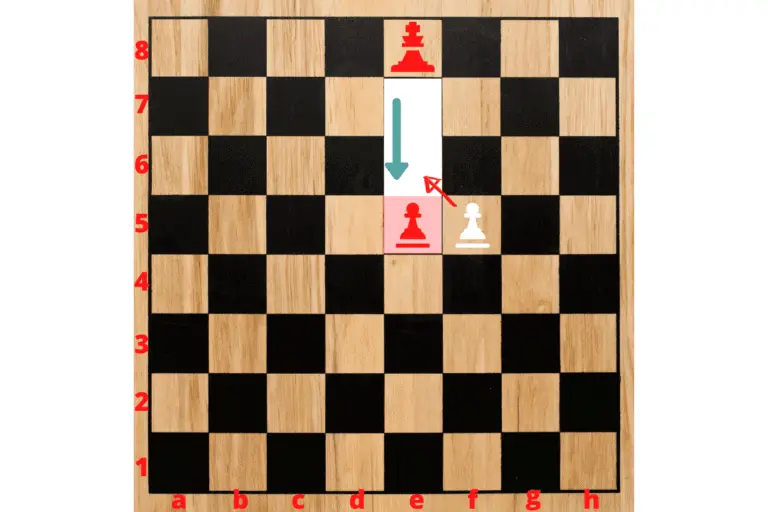What Are Time Increments In Chess?: Explanation and Types
⭐⭐⭐ Take 5 minutes to read and improve your chess game ➡️ : This article was first published on, and is Copyright of Chessquestions.com
There can often be confusion about time increments in chess when new players discover time control for the first time. It is essential to understand the time increments in chess since it can provide a competitive advantage; this article will help you.
Different time increments are used in chess, depending on the level of play and situation; they are trendy in blitz chess.
This article will explain what increment time is and its uses.
What are time increments in chess?
Time increments in chess are a feature in time control where a certain amount of seconds are given to the players after each move.
A fixed amount of additional time is added to the clock, and the player’s remaining time for their remaining moves and the match is ready for their next move and the rest of the entire game.
The extra time provides players a margin of error regarding their time management, particularly in rapid chess. Sometimes the increment will change after a number of moves, but there are also time controls where there are no increments on the game clock.

Time Control
Time control was invented to make the thinking time equal for both players; if one player thinks longer than the other, the result would be unequal.
However, time control also allowed players to play on speed rather than accuracy, creating chess games decided through fast play and seconds added rather than creative play.
Incremental time control provides a different aspect to chess strategy, particularly in really quick blitz chess. But we should still remember there is much skill in playing accurately at speed and avoiding time trouble.
The result is that a loss from time pressure is less likely, and chess players can manage their time better since increments are added rather than a lump sum.
Chess Clock
Digital chess clocks use is to manage the time in games. A straightforward example of this is classical time control chess rules from the World Chess Federation.
Ninety minutes per player for the first 40 moves are allocated, followed by 30 minutes of sudden death for the rest of the game; in addition, you get an extra 30 seconds per move starting from move one, which is the incremental element in a major chess tournament.
Why time increments are used
In time control chess, players can gain a result without winning if their opponent runs out of the allotted time in the game.
Time increment control is used to reward players who make quick moves, which is the point of timed games. The primary time will not get eaten away too quickly when doing so. A player who might be in a losing position wins due to having managed their time better throughout the process.
Indeed, a rapid player may even gain time over the whole game.
Most tournaments are better off if the players finish the game without running out of time.
It is better to have a natural end to the game because the audience will be more satisfied with how the game has ended.

Imagine playing for several hours only for one to win via the time limit. It would be unsatisfying for the viewers, not to mention the players themselves.
Time control is important to make things fair for both players; however, it also has the disadvantage of incentivizing speed over accuracy.
This disadvantage is why chess games played in increments are usually preferred by tournament players; time increments allow players to play knowing that they are unlikely to run out of time.
Some tournaments don’t feature any time increments, but it is an option that some tournaments choose to have. It is boring for the audience to watch a chess game played for multiple hours only for one win on time; it is better for everyone if the games are decided by the actual players and not by some technicality.
Different types of time increments
Different types have emerged upon time increments formalization; some have been more popular than others. Due to this popularity today, you can only see limited types of time increments in tournaments; they mainly fall into four categories.
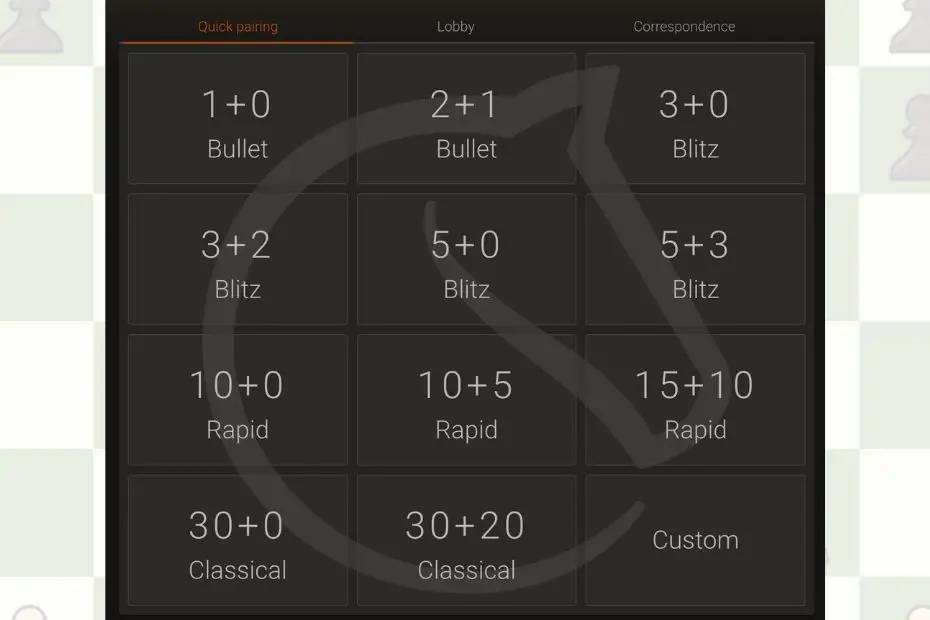
There are many different options when it comes to choosing time increments including the +1 increments, the +3 increments, the several seconds increments, and the minute increments. Most increments in competitive chess are only in seconds; an increment in competitive settings would rarely be several minutes (but it does happen).
It is crucial in determining the increment; the lower the actual time control, the lower the increment it is likely to have. Longer time controls are likely to have longer time increments since The expectation is for games to last some time anyway. On the other hand, it wouldn’t make sense to put large increments on chess games expected to end shortly.
Bobby Fischer time
The Bobby Fischer time increment refers to the time control where increments are added after each move, this is Bobby Fischer’s idea, and he tried patenting it way back when only analog clocks were used for digital clock use, and got one too! Back then, increments were hard to implement, but with the use of digital clocks, it has become a mainstream format even in the top level of competitive chess.
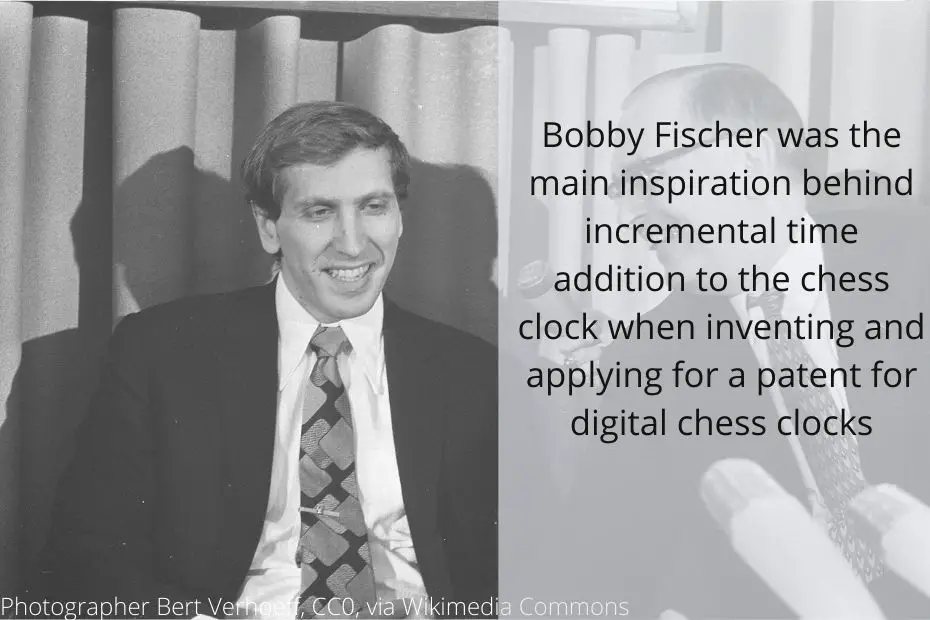
When the analog clock was still mainstream (an old chess clock similar to a wall clock), any time increment in any time control was hard to implement. Things changed when the digital clock finally became popular. Bobby Fischer’s idea of the time increments is not so hard to implement anymore, it is popular today, but it is not the only time format used.
There are many time formats in the game of chess that do not have any increment at all. Even when it is possible to give an increment, players still prefer playing the old way.
Weirdly enough, longer time formats are much more likely to have increments than shorter time formats; accuracy is prioritized in longer time formats (over speed), therefore the priority in increments.
Conclusion
There are many types of time control in chess, but it can be separated into four categories: first is the +1, second is the +3, next is the several seconds, and last is minutes of time. This increment of time constitutes the majority of increments seen in chess tournaments and online chess.
Upon reading this article, you will better understand what time increments are and how chess players can use them.
There are, of course, maybe some random time increments out there that are not as popular, but take note that they are so rare it is unlikely to see one these days.

